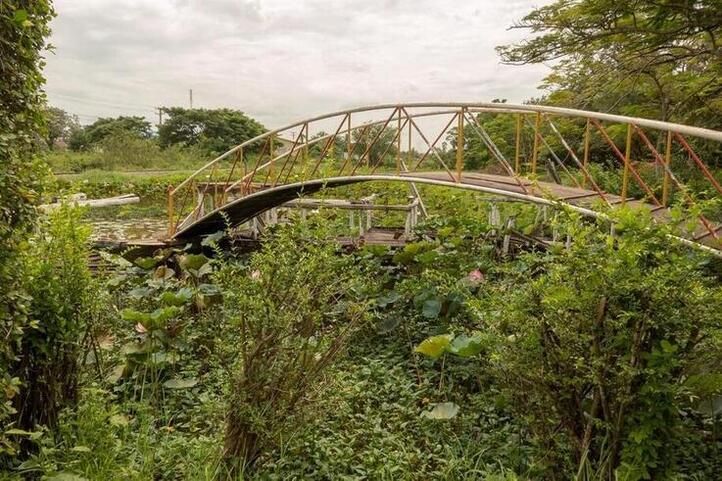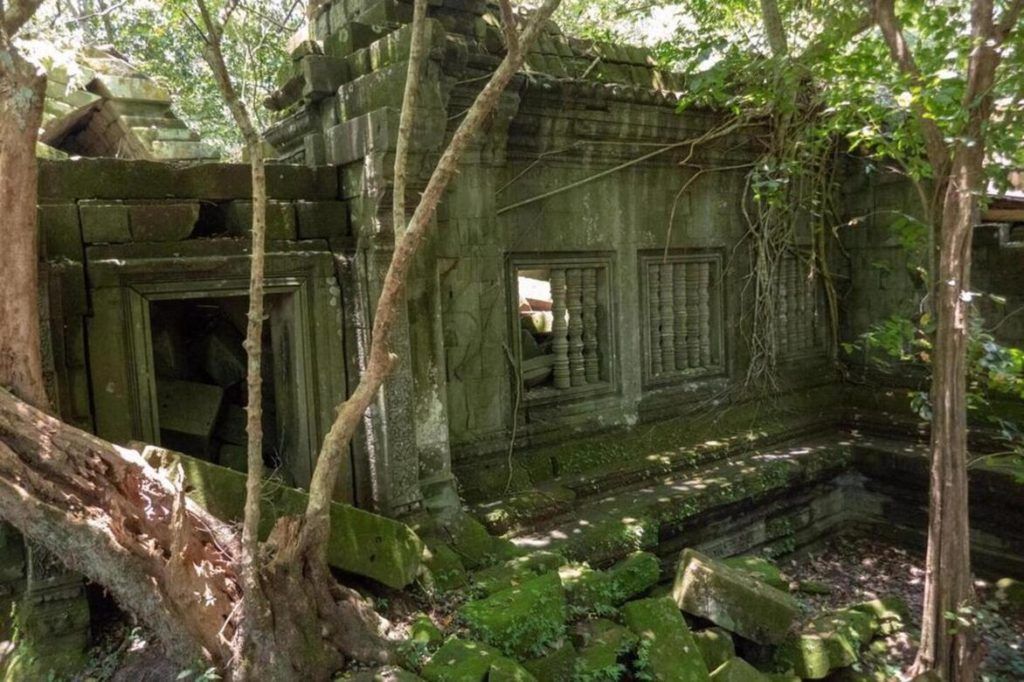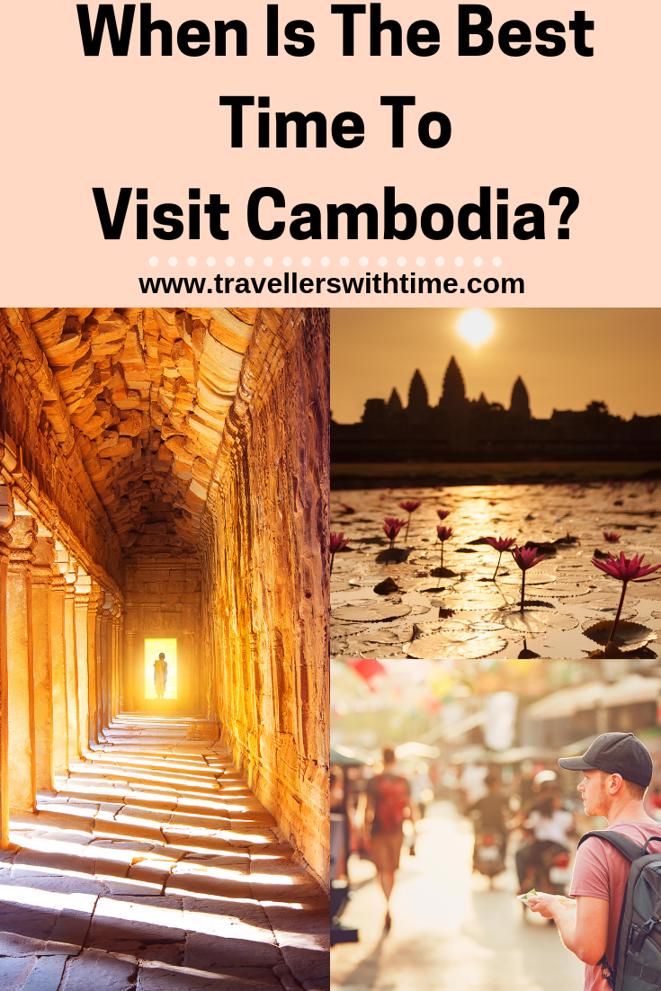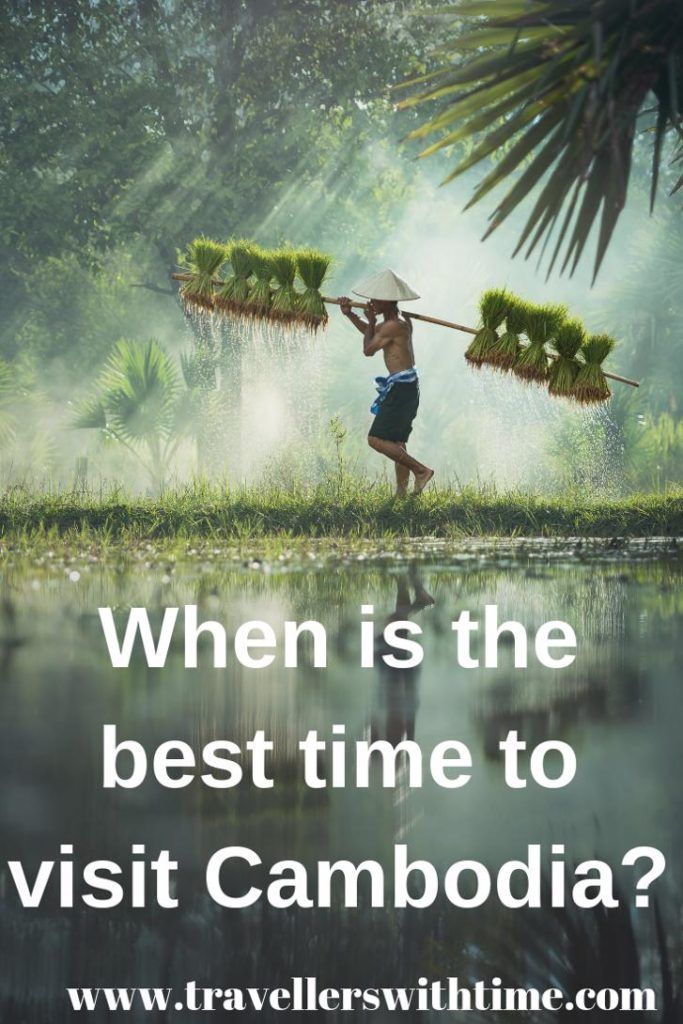Dry Season in Cambodia: Is it the best time to travel?
When a lot of people hear the words ‘rainy season’ or worse ‘monsoon season’ they tend to steer clear of travelling during those times. Just because a country has a dry season however, doesn’t necessarily mean that that is the best time to travel. In the case of Cambodia, there are pro’s and con’s to travelling in either season. Dry season in Cambodia is high season, but is it the best time to experience the country? And what do monsoons have to do with it?
Monsoon season in Cambodia
Coming from the Central East coast of Australia, I’m not that familiar with monsoons, and the word conveys images of torrential rain and people being swept away in floods. Its good to know however that monsoon really refers to a ‘season reversing wind’ that is followed by a change in rainfall.
What does this mean? It means that Cambodia has two seasons, a dry season and a wet season. The northeast monsoon winds run from mid November until April and create the dry season. Whereas the southwest monsoon winds from May until mid November bring with them substantial rain, and the wet season.
If you’ve read the words ‘monsoon season’ in relation to Cambodia don’t be put off. Read on to find out what to expect from the the wet season and dry season in Cambodia.
Wet and dry season in Cambodia
Dry Season in Cambodia
When does dry season start in Cambodia?
Starting around mid November, Cambodia’s dry season runs through until April.
The dry season is defined by sunny, dry weather and lower humidity. Temperatures will gradually increase throughout the dry season, but are cooler near the beginning especially in January and February. After February, there is an increase in hot, dry winds and the temperature will increase, peaking in April. Temperatures in April can easily reach around 40 degrees C.
Towards the end of the dry season, as the monsoonal winds shift, the humidity will increase with the temperature, signalling the coming wet season. Expect both March and April to feel pretty sticky.
Temperature wise, the cool, dry months of December, January and February area a great time for exploring Cambodia’s outdoors with activities like trekking, island exploring, diving and visiting temples.
Temperature aside however, Cambodia’s rainy season is a great time to travel the country, and if you’re not afraid to get a ”little” hot and/or wet, there are quite a few benefits to travelling in Cambodia’s wet season.

Rainy season in Cambodia
When is rainy season in Cambodia?
The rainy season in Cambodia begins in May and goes through until around mid November.
Two words to describe rainy season would be hot and steamy. The increased heat and humidity of April, continues through May and June and it can often feel stifling.
The great thing about the rainy season, is that for the most part, from July to October the rain usually consists of relatively short downpours, in the afternoon or over night.
September and October are the wettest months of the rainy season. During these two months it can rain as much as 2 out of every 3 days which is quite a bit of time if you’re travelling.
Pros and cons of travelling Cambodia in the dry or wet season
Travelling during dry season in Cambodia
We are big believers in the idea that it doesn’t really matter whether you travel in a countries low season or high season, as long as you know what to expect and you factor that into your plans. Cambodia is a fairly small country and the temperature stays fairly stable across the country, as does the average rainfall.
That being said, there are some exceptions, like the Cardamon Mountains, which have slightly cooler temperatures and higher rainfall. If you want to go trekking there during wet season, you’d want to factor that in.
Despite the more pleasant temperatures of the dry season in Cambodia, there are some downsides.
Dry season is high season for tourists. If you’re someone who prefers to steer clear of the hordes, you’ll have a hard time doing that between November and February. I’ve been to the temples at Angkor twice, once in April, which I guess you could call shoulder season. The second at beginning of September, well into rainy season. Both times there were an incredible number of tourists. The temples were packed with people. Imagine in high season….
Another negative to dry season, is the dust. With such high temperatures and little rain, dust fills the air. Mix that with the smoke from slash and burn farming towards the end of the dry season and you have a pretty nice haze across the landscape.
It’s not just the dust, although that gets into everything. Its the dry brown environment and the low water levels in rivers and lakes that also detract from the beauty of the country as it moves towards the end of the dry season.
Aside from being less visually appealing, if you’re planning any sort of boat trip or river cruise, such as using a boat to get between Siem Reap and Battambang, the later into dry season you leave it, the harder it may be.
Travelling Cambodia during rainy season
The most obvious downside of travelling Cambodia during rainy season is the rain! While the rain is often relatively short in duration, it can be torrential in its strength. If you’re travelling in Cambodia during rainy season for any length of time, you absolutely will get drenched at one point or another.
The good news is that the rain is usually preceeded by strong winds that can give you some notice of its impending arrival, the bad news is that the winds usually stick around making umbrella’s pretty useless. Some rubber thongs (flip-flops for the non Aussies) and one of those giant full body suit raincoats the locals wear are your best bet.
The biggest problems the rain brings are flooding and problems with the roads. It is not uncommon for rivers in Cambodia to overflow and flood nearby areas, but you’ll get a similar effect with local streets flooding from lack of drainage during heavy rain, leaving huge impassable puddles.
Cambodia does not have great roads at the best of times, many are dirt and heavy rain during the wet season can create giant bouncy potholed mudpits. You can still travel at this time but expect your journey to take longer than it would during dry season.
You’ll find the roads particularly challenging in the more rural areas.
The rain that soaks you all the way through is the same rain that makes Cambodia a beautiful country to travel during the rainy season.
The dusty, dirty, brown of the dry season is replaced with a beautiful vibrant green as luscious emerald green rice paddies are filled with water, and birds, flowers and plants flourish. The rain settles the dust and the hazy sky clears. The beautiful country comes to life.
There are far less people due to the rain and you can relax into the spectacular Khmer culture. Prices will be cheaper and the locals will be very happy to see you as they wait out the low season.
The wet season in Cambodia can be a wonderful time to explore the country.
Read: A complete South East Asia pre travel check list before you go!
Best time to visit the temples of Siem Reap

For temperature, the best time to visit the temples of Siem Reap would have to be December to February, but expect it to be incredibly busy.
For less people and more natural beauty, you can’t go past the end of rainy season, September or October. Make sure you have time in case it rains, and pack the necessary big plastic raincoat. Not only will there be far, far less people, but the moats and ponds should be more full and the beautiful moss and plants that grow over the temples will be vibrant and green. The wet stone of the temples also come alive.
Best time to visit Phnom Penh
Phnom Penh can be enjoyed at any time of year as there are plenty of things, both inside and outside to keep you busy. If its raining you can visit the National Museum, or the S1 Prison, which are largely indoors. If it’s dry, the Choeung Ek Genocide museum, the Royal Palace and Wat Phnom are outdoor sites.
Remember many of Phnom Penh’s main ‘attractions’ are cultural sites. Check out our post on the things to do in Phnom Penh and the dress codes for them. You won’t get into the Royal Palace for example if you’re dressed inappropriately.
Best time to visit Cambodian beaches and islands
The dry season in Cambodia is the best time to visit the islands and beaches as the sky’s are clear, the temperature is delightful and the seas are calm and perfect for diving.
What is the best month to go to Cambodia?
December, January and February are typically the peak season months, however you’ll find large crowds and more expensive prices follow. Rainy season is a great time to explore the country when its at its most beautiful, with less people and for a lot less money.
Planning on visiting Vietnam as well?
Our post on high season in Vietnam will help you choose the best time to travel.
Like it? Pin it for later!
Let me know if you have any questions,
Chris

